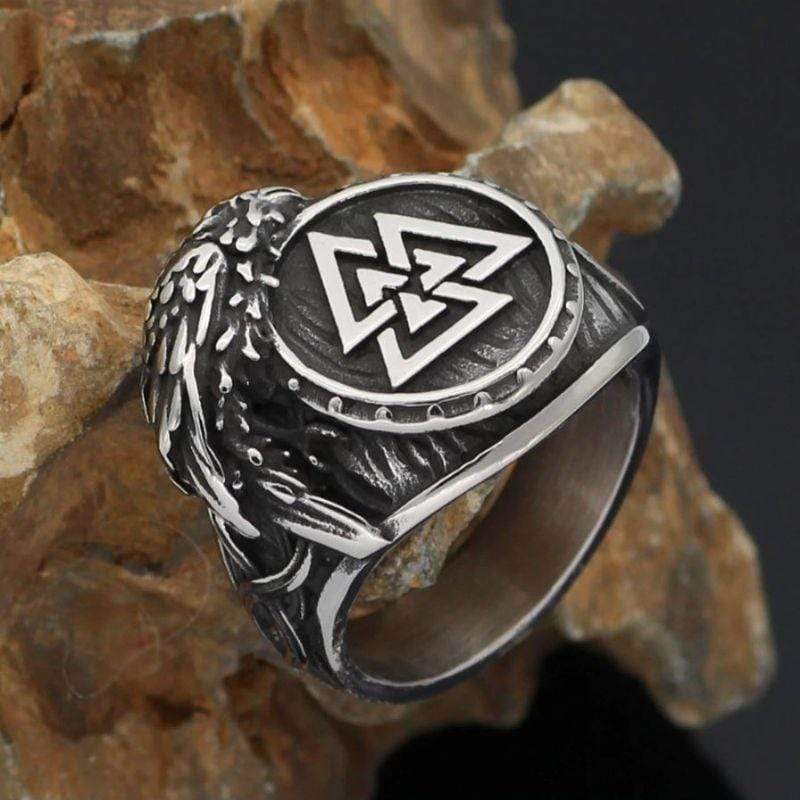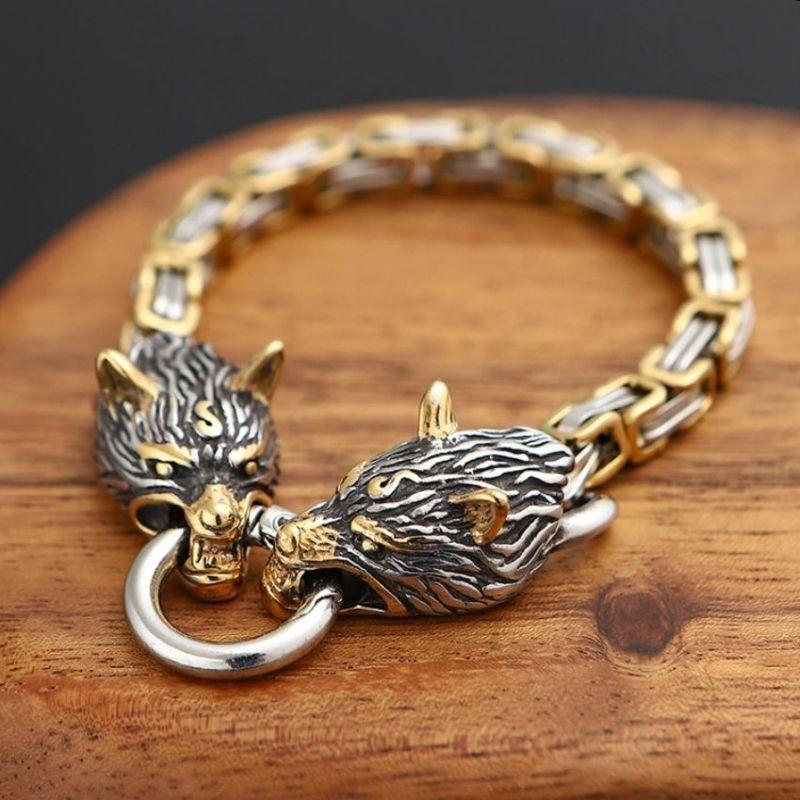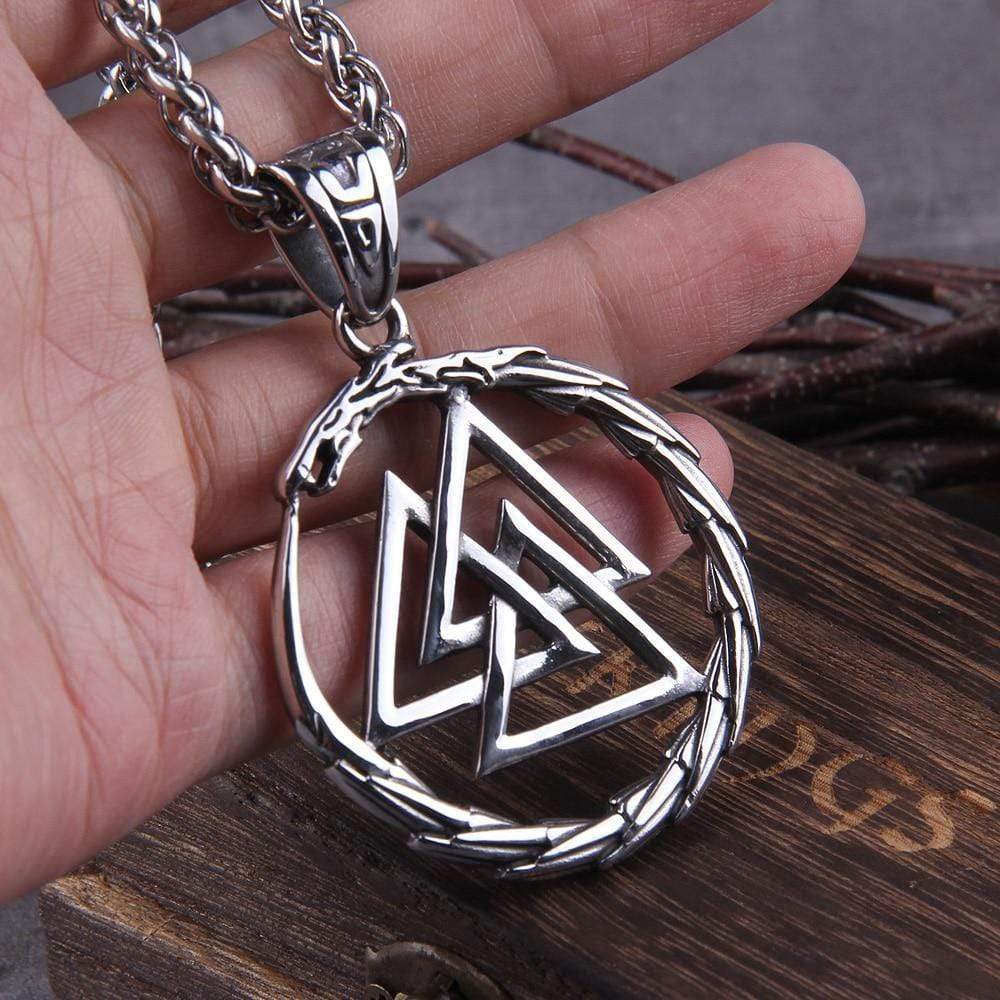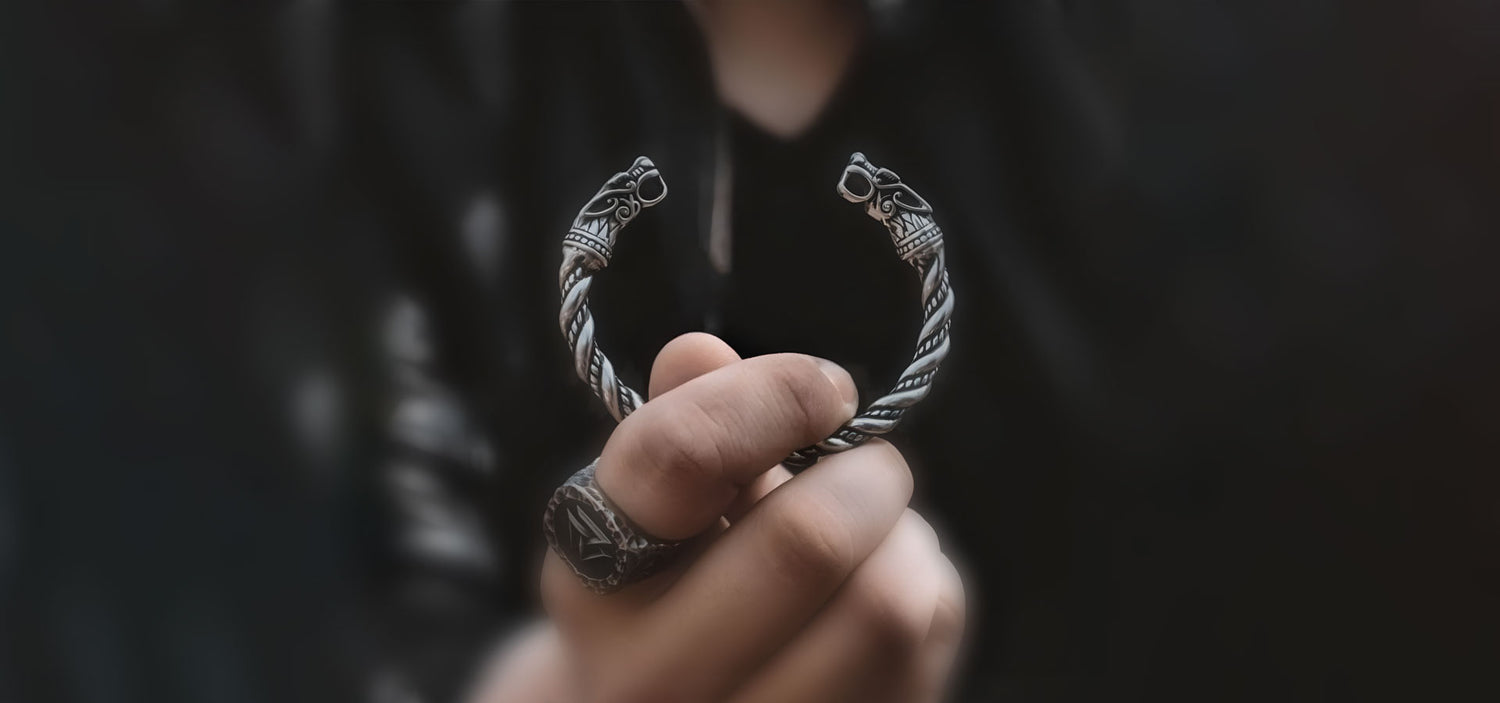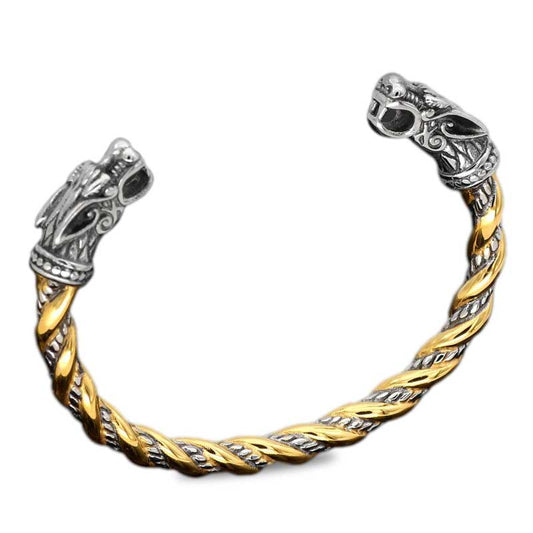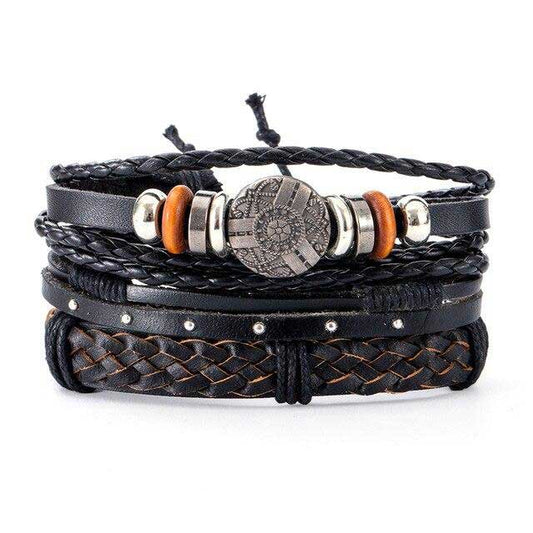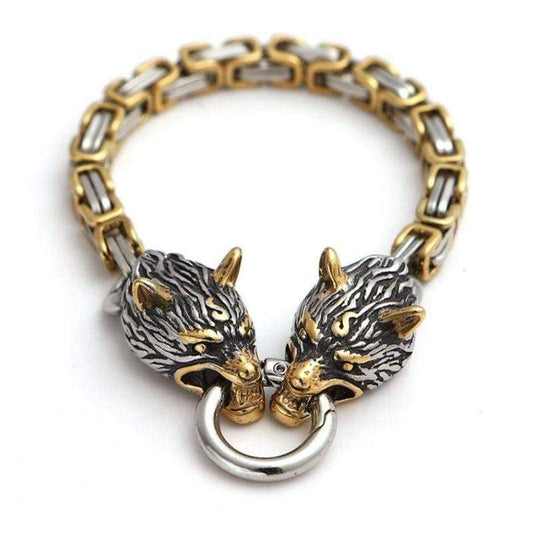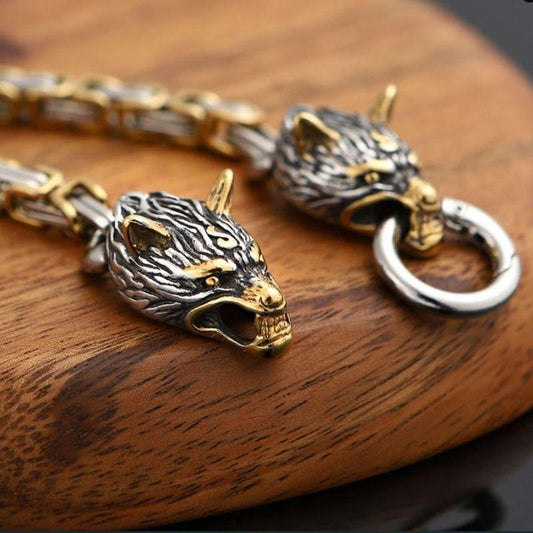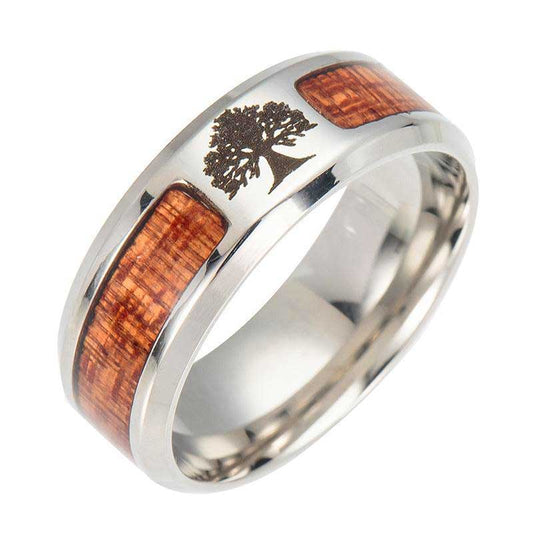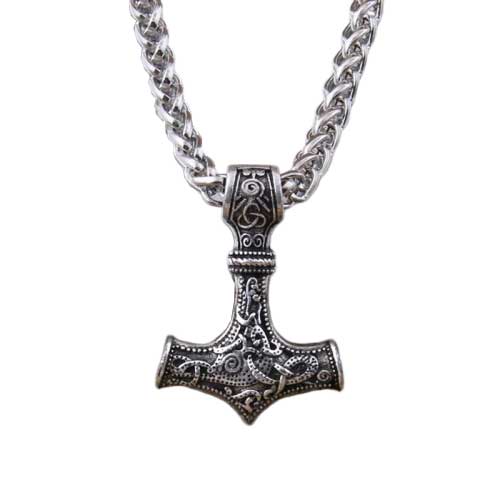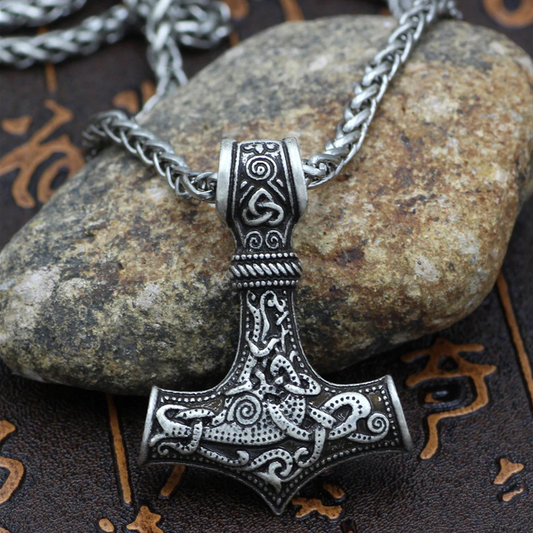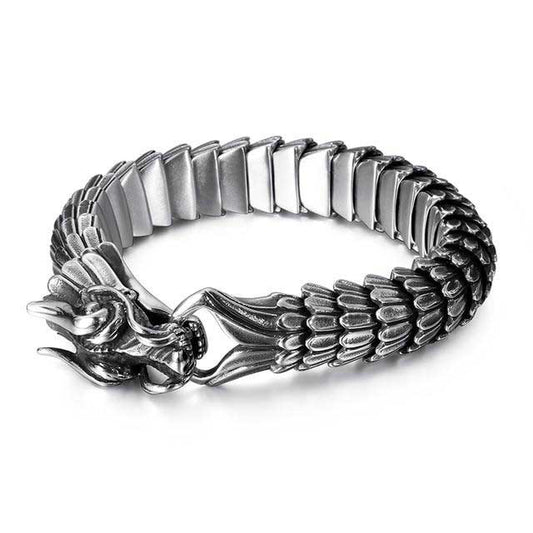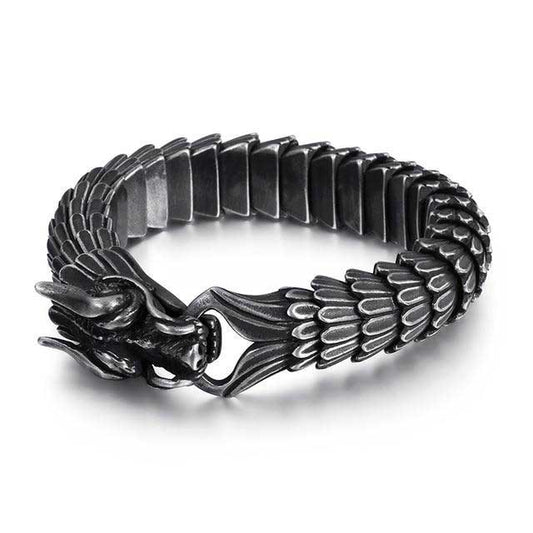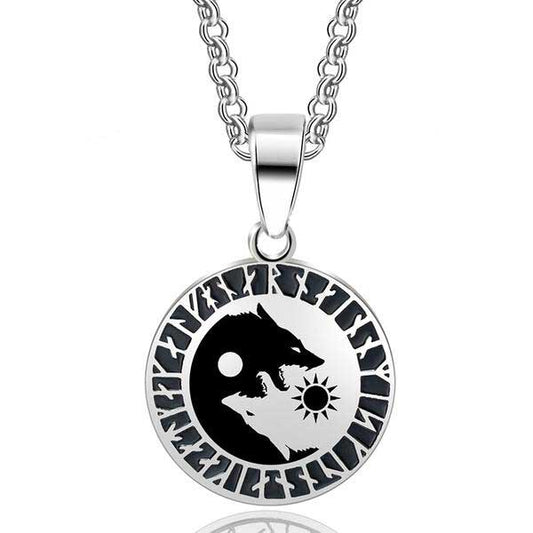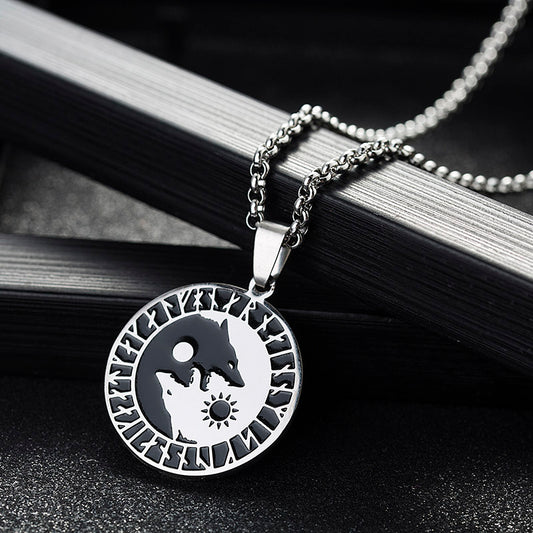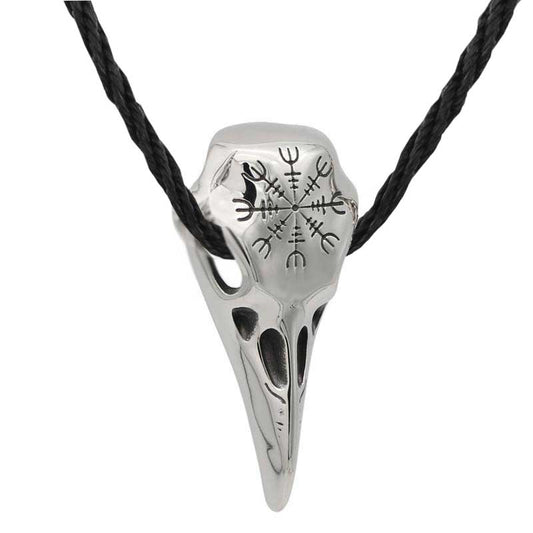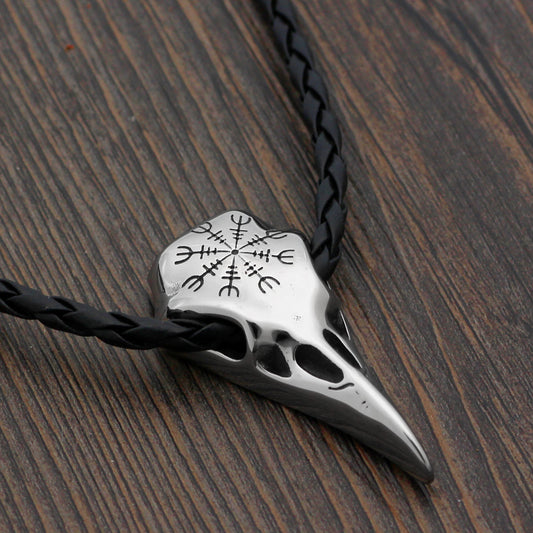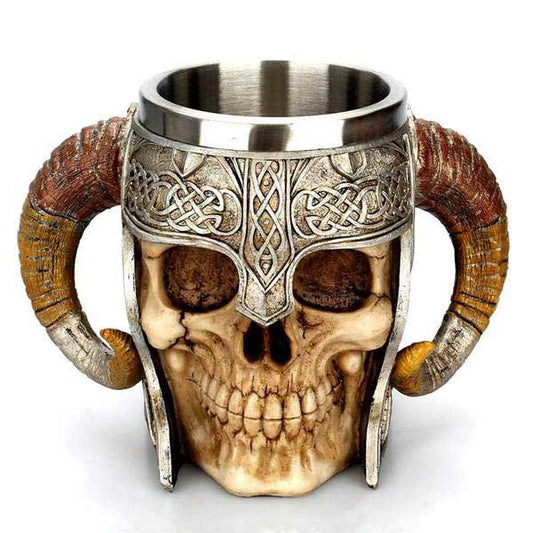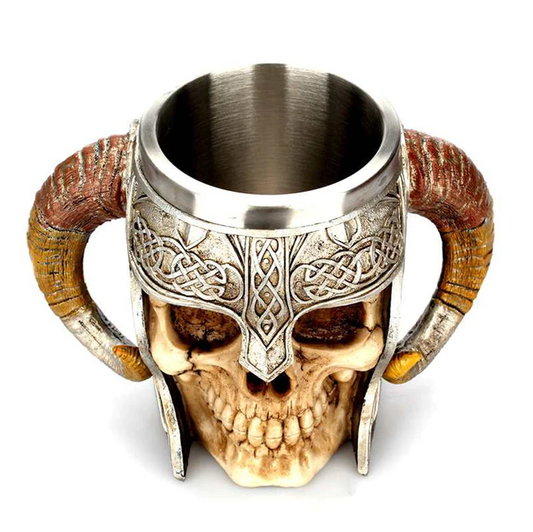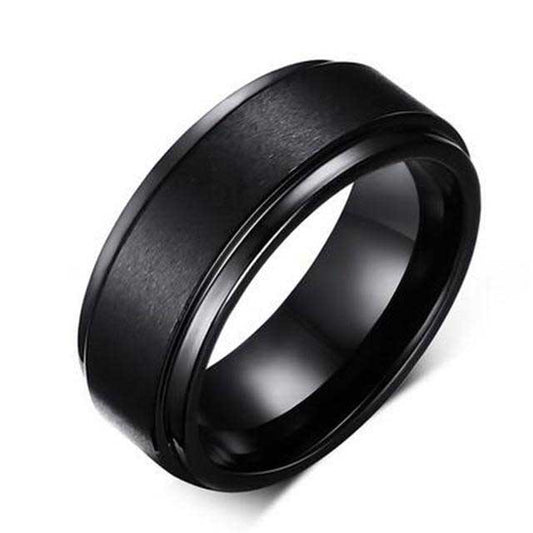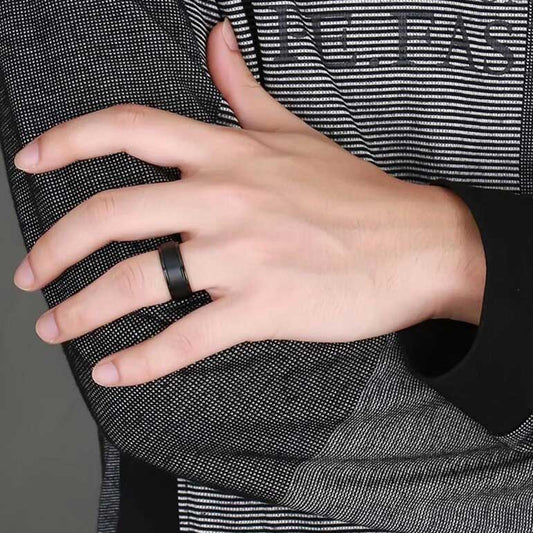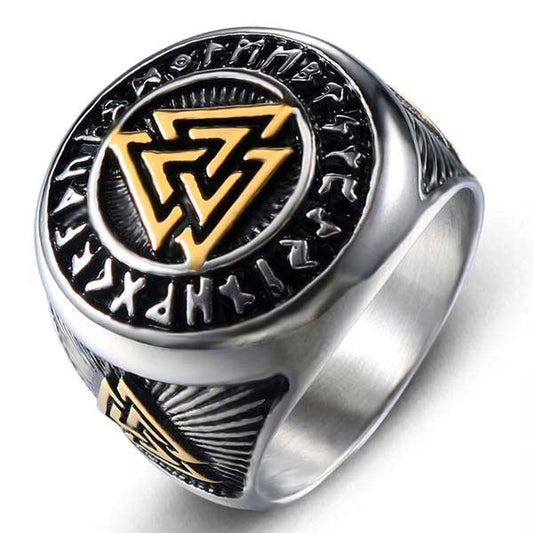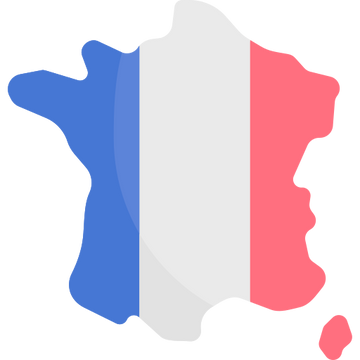If we follow the definition of the National Center for Textual and Lexical Resources (CNRTL), a rune is a “ character of the oldest writing system of the East and North Germanic languages ” . The definition also adds that each of the runes “is attributed certain magical virtues ”.
A priori used between the 3rd and the 17th century by the Germanic peoples, the runes are also used by the Viking peoples. This alphabet, also called " futhark ", means "secret" in Old Norse . Initially, it has 24 signs . But over time and the populations that use it, the runic alphabet evolves. In the 9th century, it only has 16 runes .
Where do the runes come from?

If the exact date of the appearance of the runes is not really known, their origin is in truth not much more so. The earliest found occurrences of runes are in Denmark . These would date from the 2nd century and are engraved on the Vimose comb. They are also found in Germany , engraved on the fibula of Meldorf .
Down-to-earth scholars give runes the Greek or Latin alphabet as their origin . At first glance by the resemblance between some of the characters. Then due to the very traveling nature of the Vikings, who could have borrowed an alphabet from other peoples to form their own.
An origin linked to the Norse gods

According to the Poetic Edda and its texts written in Old Norse, the origin of the runes would in fact be divine . According to historical writings, the god Odin would be at the origin of the creation of these. God of the sky, victory and death, Odin is also the god of magic and wisdom. A wisdom that he wants to obtain against all odds.
To receive it and pierce the secret of the runes, the Poetic Edda tells that Odin , hanging from the Yggdrasil tree for 9 days and 9 nights without water or food, pierced his eye with his spear to finally be able to read the runes. . Once the secret of the runes is in hand, the god Odin transmits it to men.
What were the runes used for?
Today, the runes are found on stones , amulets or even weapons . Sometimes also on parchments , bones , or bark . And their use could at the time be diverse.
Runes as an alphabet
Runes would first be used as an alphabet , as we do with our letters today. These runic characters were carved in mostly short writing frame.
Runes as a magic symbol
Runes also possessed magical and divinatory use . For those who used them, and in particular the Vikings, each of these characters had a real symbolic and sacred message .
We therefore find certain runes engraved on the arms of Nordic warriors, as a pledge of power and victory in battle. Or on their boats , as a sign of protection.
What are the names of the runes and their meaning ?
There are therefore initially 24 runes , before they are reduced to 16 around the 9th century. Variants exist according to eras and countries, but among the Viking peoples, these 24 runes are organized into three groups of 8 runes.
Here is their name and the meaning we know of them.
Summary of Nordic Runes sorted by meaning
Protection
Thurisaz - Ihwaz - Algiz - Berkana
Family
Love
Strength
Chance
Dead
Thor
Fire
Air
Courage
Wisdom
Journey
Fehu

The first rune of the runic alphabet represents livestock and food . Money and wealth , as well as fertility .
Ūruz (or Ūrq)

This rune is a symbol of the mother . Vital energy , procreation but also purification .
Þurisaz (or Thurisaz)

Symbol of the thorn, this rune can be interpreted as the small trials . Far from being negative, it also symbolizes protection and help , being associated with the god Thor.
Ansuz

It is the word that this fourth rune symbolizes. Associated with Odin, it is a symbol of wisdom and communication . She is also the source of omens and can announce an event.
Raidō (or Raidho)

The trip . This is what this rune symbolizes, whether physical or spiritual .
Kaunan (or Kenaz, Kauna, Kaunaz)

In the runic alphabet, it represents various things: energy , knowledge , passion and sexuality . This rune is the human rune par excellence. It can be a symbol of healing .
Gebo

Symbol of union , this rune is also symbol of sacrifice , peace , harmony .
Wunjō (or Wynn)

Joy . This is what this rune represents in addition to pleasure and hope . It can be interpreted as a sign of optimism and accomplishment .
Hagalaz (or Haglaz)

This rune is the rune of air and chaos . It promises renewal and victory , harmony .
Naudiz

The tenth rune of the alphabet is the rune of necessity , as well as the rune of pain and constraint . In this, it is also synonymous with progress .
Īsaz (or Īsą, or Īsan)

Symbol of concentration , this rune is the rune of strength . It symbolizes power , whether positive or negative.
Jēra (or Jēran, or Jēraz)

Growth , fertility , harvest , rebirth ,… this is partly what this twelfth rune symbolizes. It is to be interpreted as a cycle , as a period. Never completely positive or completely negative.
Ihwaz (or Eihwaz)

This rune represents death . It can both symbolize protection against the latter , or even renewal when associated with Yew wood.
Perþō (or Perþaz or Pertho)

This rune symbolizes fate . It designates quite well the hearth , with games , laughter , celebrations .
Algiz

A positive change . This is what this rune symbolizes first of all. It evokes positivity , confidence and protection . This character was often engraved on Viking weapons, as a sign of victory in battle.
Sōwilō (or Sæwelō)

The sixteenth rune is dedicated to travelers . And therefore especially to sailors as far as the Viking peoples are concerned. It symbolizes strength , associating both the sun with the sea, and the sky with the earth. This rune can also be interpreted as a victory over evil .
Tīwaz (or Teiwaz)

This is associated with the god Thyr, the god of war and justice. This rune therefore represents courage , motivation and victory . We see there the will , the power , the gift of oneself .
Berkanan (or Berkana)

Beginning and birth , that's what this rune means. It is found mainly in all places of protection , but also during the various rites of passage in life, such as birth, marriage or death.
Ehwaz

The interpretation of this rune can be the journey or the passage from one world to another . It is a symbol of transition and is sometimes a symbol of the relationship between a woman and a man, and therefore of marriage .
Mannaz

The symbol of the twentieth rune is interdependence . It is linked to thought , to reason , to memory .
Laguz (or Laukaz)

This rune symbolizes intuition . We see an interpretation of birth , life and the difficulties to be overcome. In short, it symbolizes vital energy . This rune is associated with water and the moon, thus representing intuition and the unconscious .
Ingwaz (or Inguz)

This rune represents fertility . Symbol of energy and balance , it heralds a happy period. It therefore represents change , the new beginning .
Dagaz

The penultimate rune is a symbol of transformation . This is the rune of light and day, which announces a long but certain development .
Ōþalan (or Odal, Othala, Othalan)

As for the last rune of the runic alphabet, it is the rune of the ancestor . It symbolizes separation and inheritance . Peace , prosperity both material and psychic.
How to draw and interpret the runes?

Everyone is free to believe or not in the runic alphabet and its divine powers. For those who would like to try their hand at drawing runes , here is one of the simplest methods.
The 24 runes - represented on pebbles or crystals for example - are placed at the bottom of a small bag . Before starting the experience, it is essential to completely empty your mind and focus on the questions you want answered (like the tarot for example).
We mix the rune stones with our fingertips and we ask, in one way or another, the chosen question. Following this, blindly, we go up a handful of rune stones , between two and five ideally. They are then thrown on the table or the ground, depending. And we align them in the order that our instinct guides us , while reading the character that appears on each of them.
The layout chosen represents the chronological order of things . The interpretation of the runes is then free for everyone.
You can take advantage of our runic drawing stones available in packs on our store.
Rune tattoos: between symbolism and aesthetics
Tattooing a Viking rune is common , but the most important thing is still to choose the rune (or runes) that suits you best. Because in addition to being geometric and pretty to the sight, the runes have a real symbolism .
Where to tattoo a rune? Where we want. On the phalanges , for example. An ankle , a wrist or behind the ear if discretion is desired. If not on the pectorals , the back or the thighs , by combining the runic tattoo with other Viking tattoos why not.
